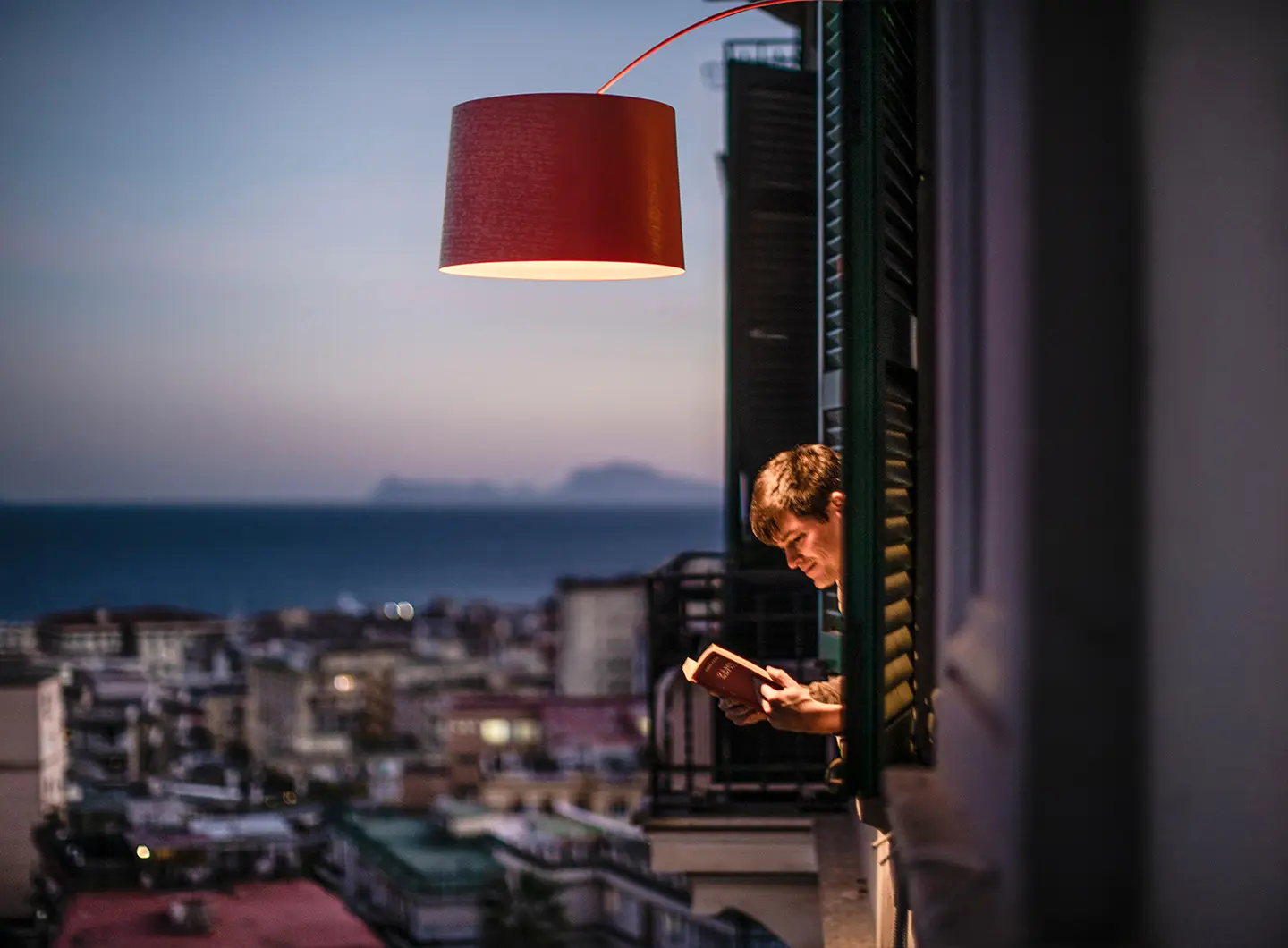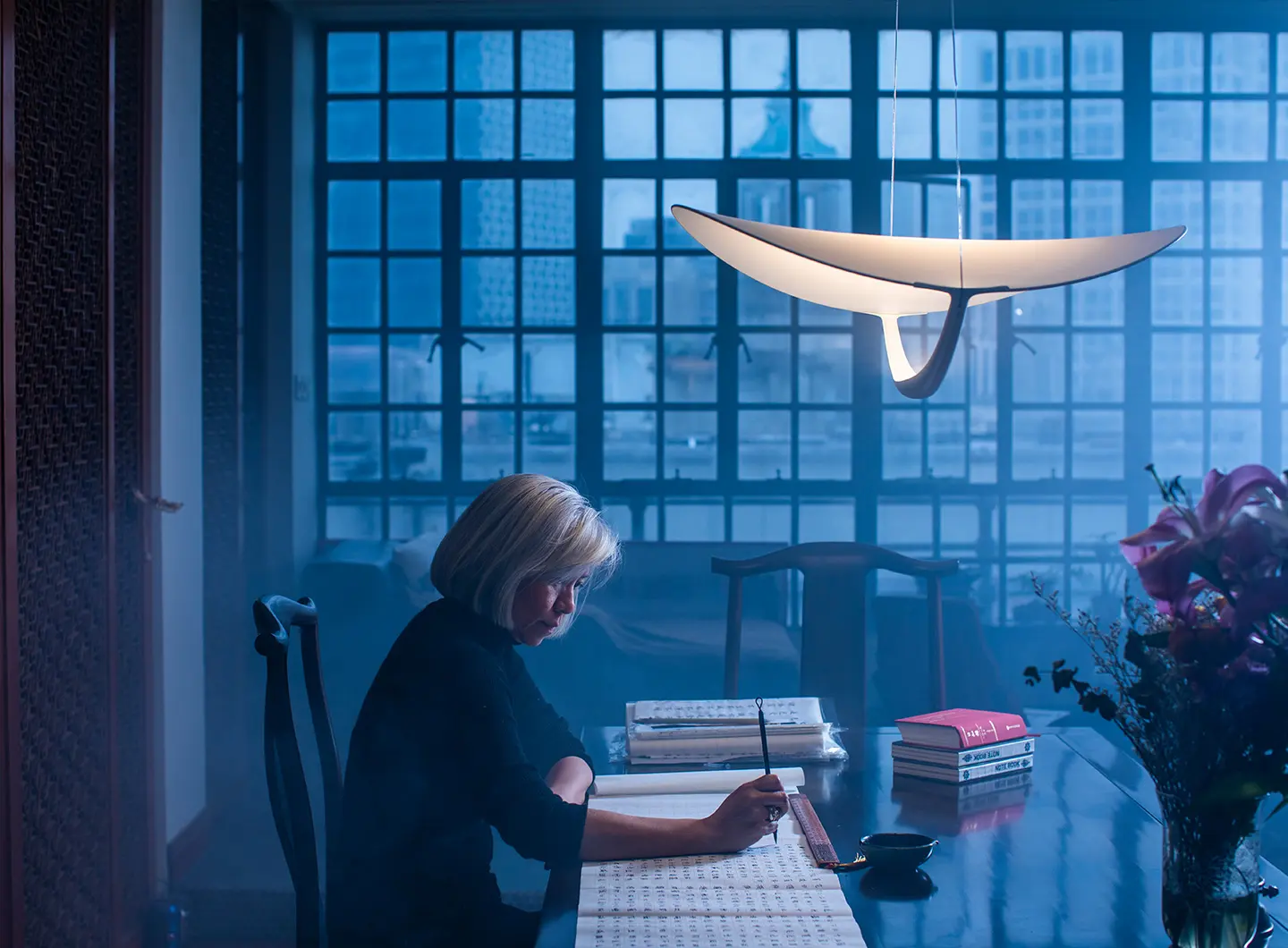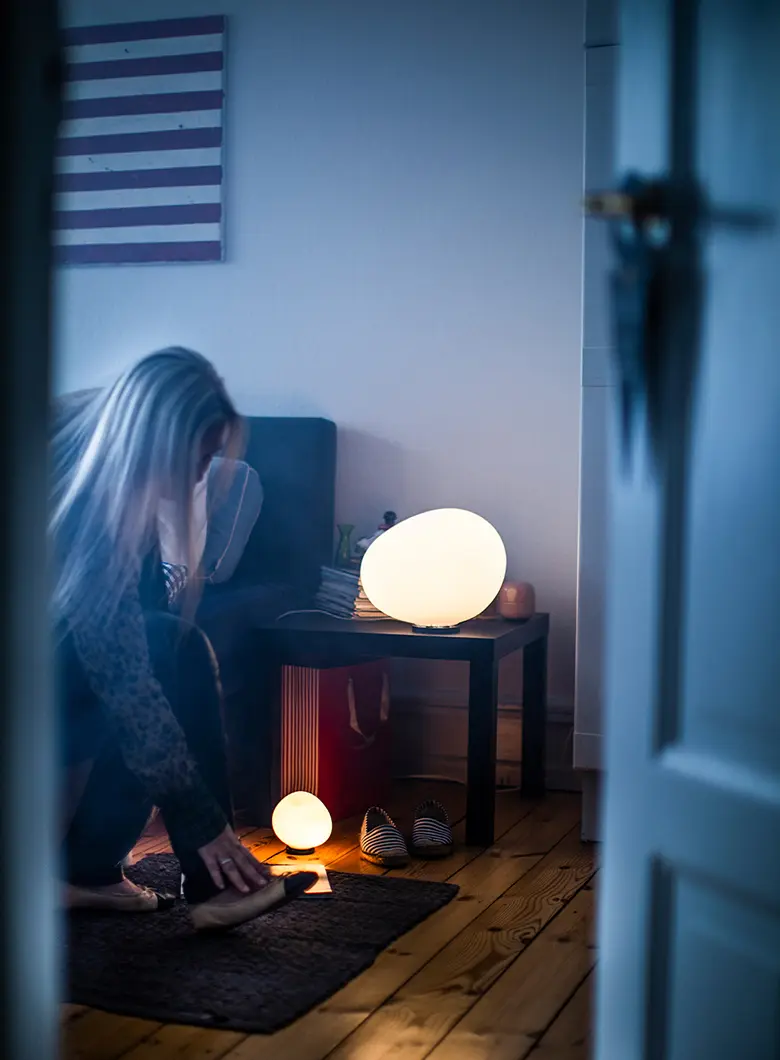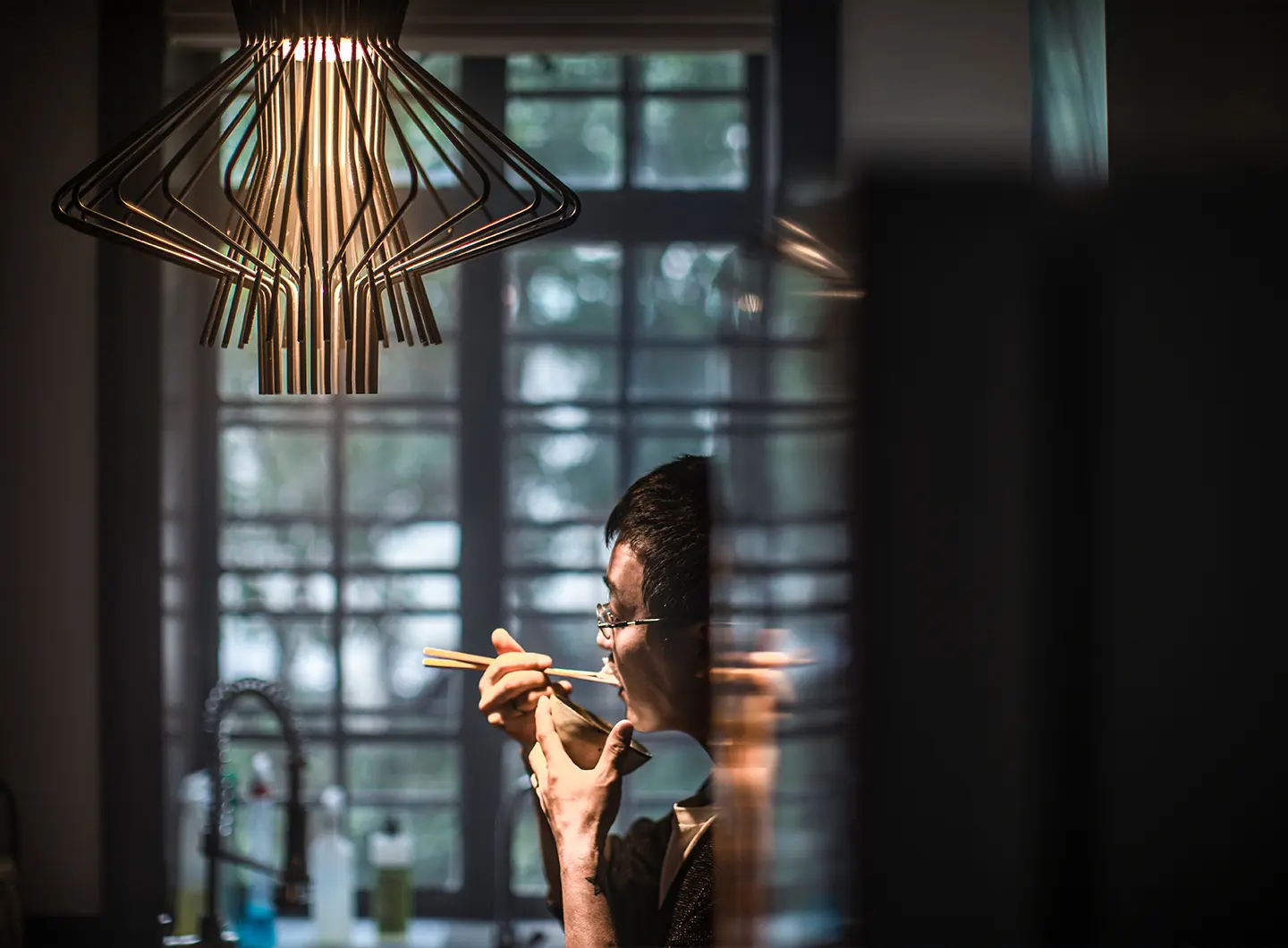From BIG to David Chipperfield, Frank Gehry to Snøhetta: a world tour of the best buildings set to open in 2026
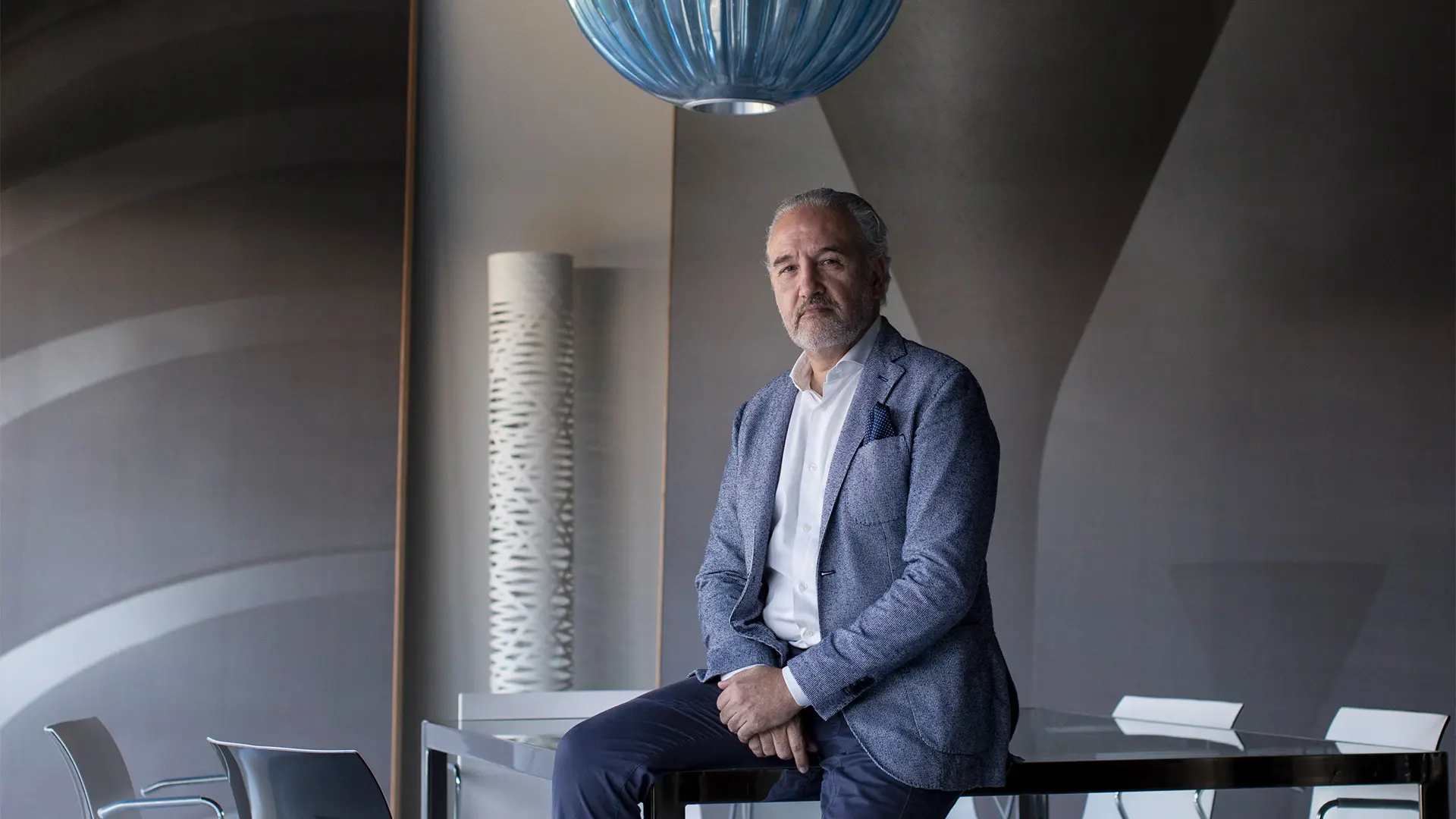
Carlo Urbinati, Assoluce President
The President of Foscarini and Assoluce takes stock of 2021, a busy year for his and other companies in the industry, and offers some observations in the run-up to Euroluce 2023
“We are racking up all-time highs thanks to growth that is strong not just in Italy but in other countries too,” says Carlo Urbinati. “Online channels account for the lion’s share of decorative lighting, an evolving process and trend that would have taken place over the course of the next four or five years, but has been accelerated by the pandemic.”
Last year saw the return of trade shows attended in person. Euroluce was scheduled to run in 2021, but pandemic-related uncertainty resulted in an unprecedented hybrid event last September, kicking off the official new “Supersalone” design programme.
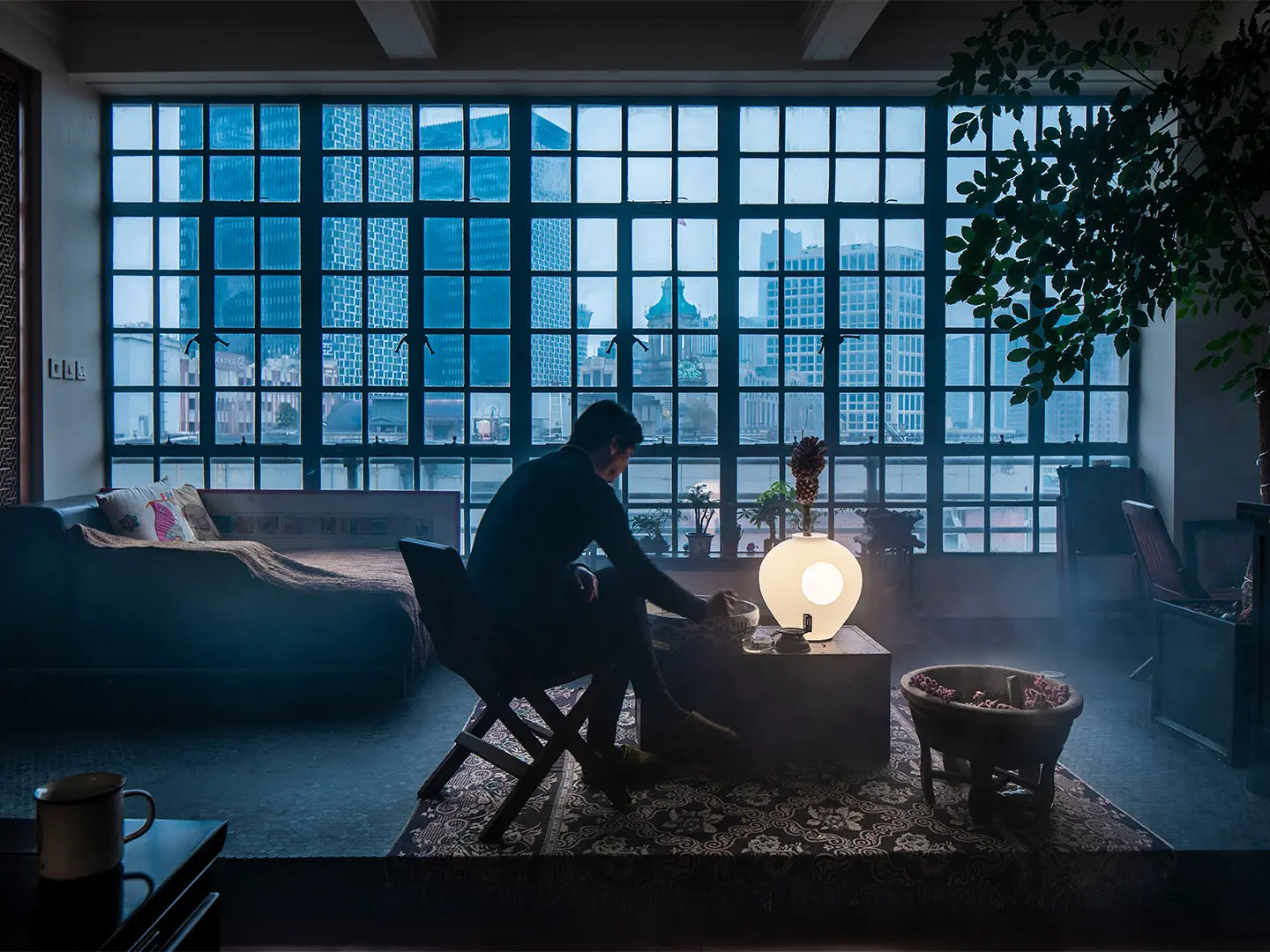
Madre, Shanghai, Vite project by Foscarini. Ph. credits © Gianluca Vassallo
The “Supersalone” was the right thing to do. When the decision was taken, it was by no means clear we would achieve the attendance we did in the end. This bold move was rewarded by results; it couldn’t have been done any other way. Realizing that certain Fair features had to go on was crucial. The format resulted in a huge change in the target audience, but, given the situation, that couldn’t be helped. The Salone was invented, developed and has grown solely thanks to industry players. The general public was not admitted to this specialist event; only later was the private sector invited.
We won’t be there this April (the next Euroluce is in 2023, ed). We’re working on a raft of changes for 2023. The Salone has been somewhat constrained by its leadership status, a hostage to its own success at a time when the pandemic concentrated innovation into such a short time span. Things that would have taken years to occur, like the digital revolution and new prospects for disintermediation, have happened quickly. Certain events need to find a new raison d’être.
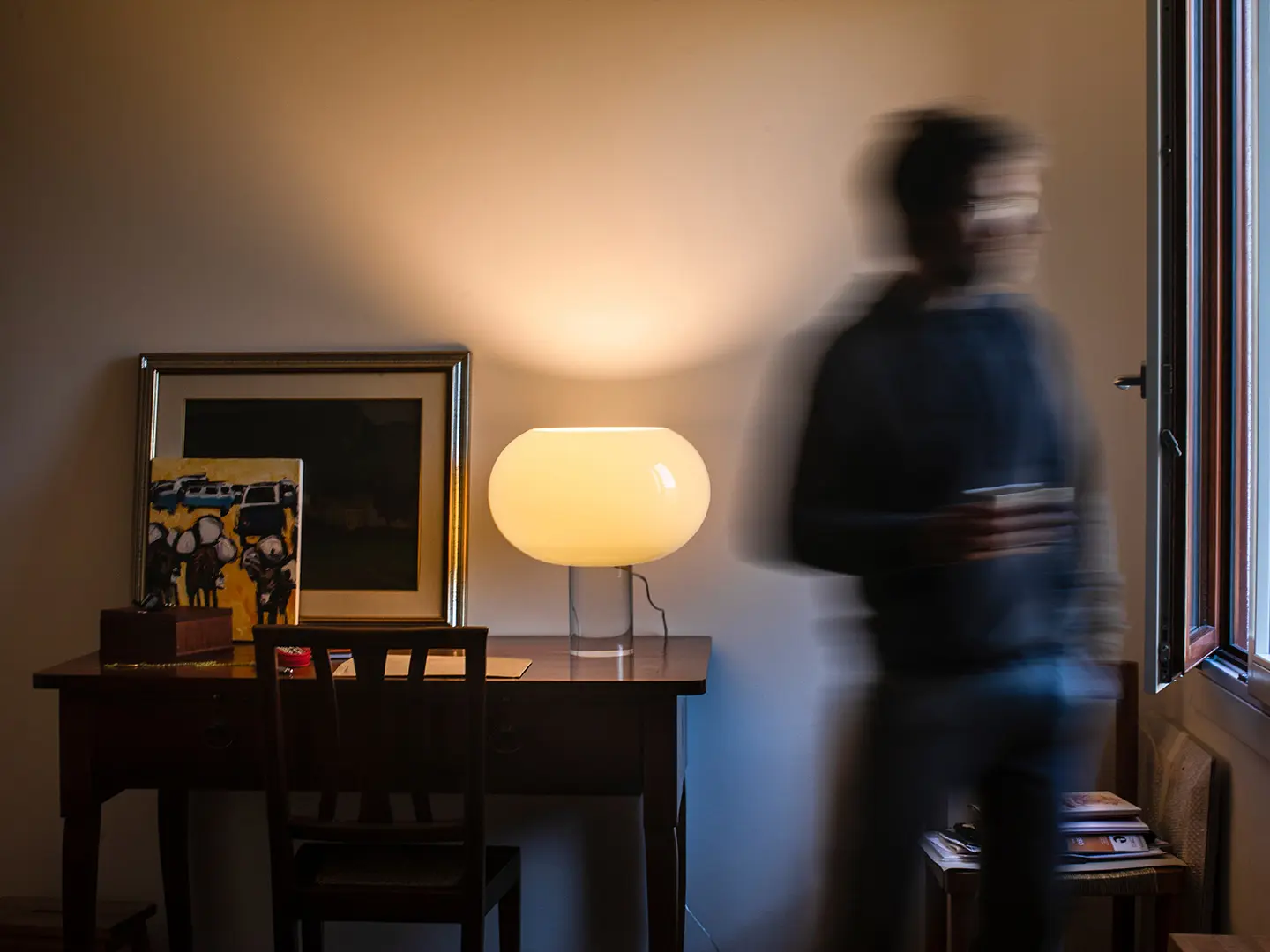
Buds 2, Venice, Vite project by Foscarini. Ph. credits © Gianluca Vassallo
Trade fairs must evolve from containers to pro-active players. At Euroluce, we’ve noticed a visitor quality trend in recent years that implies a need to refocus on lighting. Our industry does not 100% overlap with the audience the Salone attracts. More and more industry figures – lighting engineers, system designers and plant automation process managers – are being brought in to the decision-making process, people from professional worlds other than decoration and design who are not usual Salone attendees. These are the people we should be talking to: they’re interested in finding interlocutors at a forum dedicated to lighting-related themes, and they’re attracted by specific activities.
Trade shows must more actively pursue the people they need. Organizing them like this, thinking not just of the exhibitors, is a way to attract people and prompt them to make the journey. Trade shows began as a way of raising awareness about products and companies in an age when getting in touch was not easy. Today, everyone’s reachable. That’s why Fairs have to do more. Engineers don’t want to hear, travel all this distance and I’ll show you a design. They aren’t that interested in this type of offering. It’s far more appealing to leverage the fact that a large number of industry players gather together in the same place at the same time, opening up opportunities for dialogue.
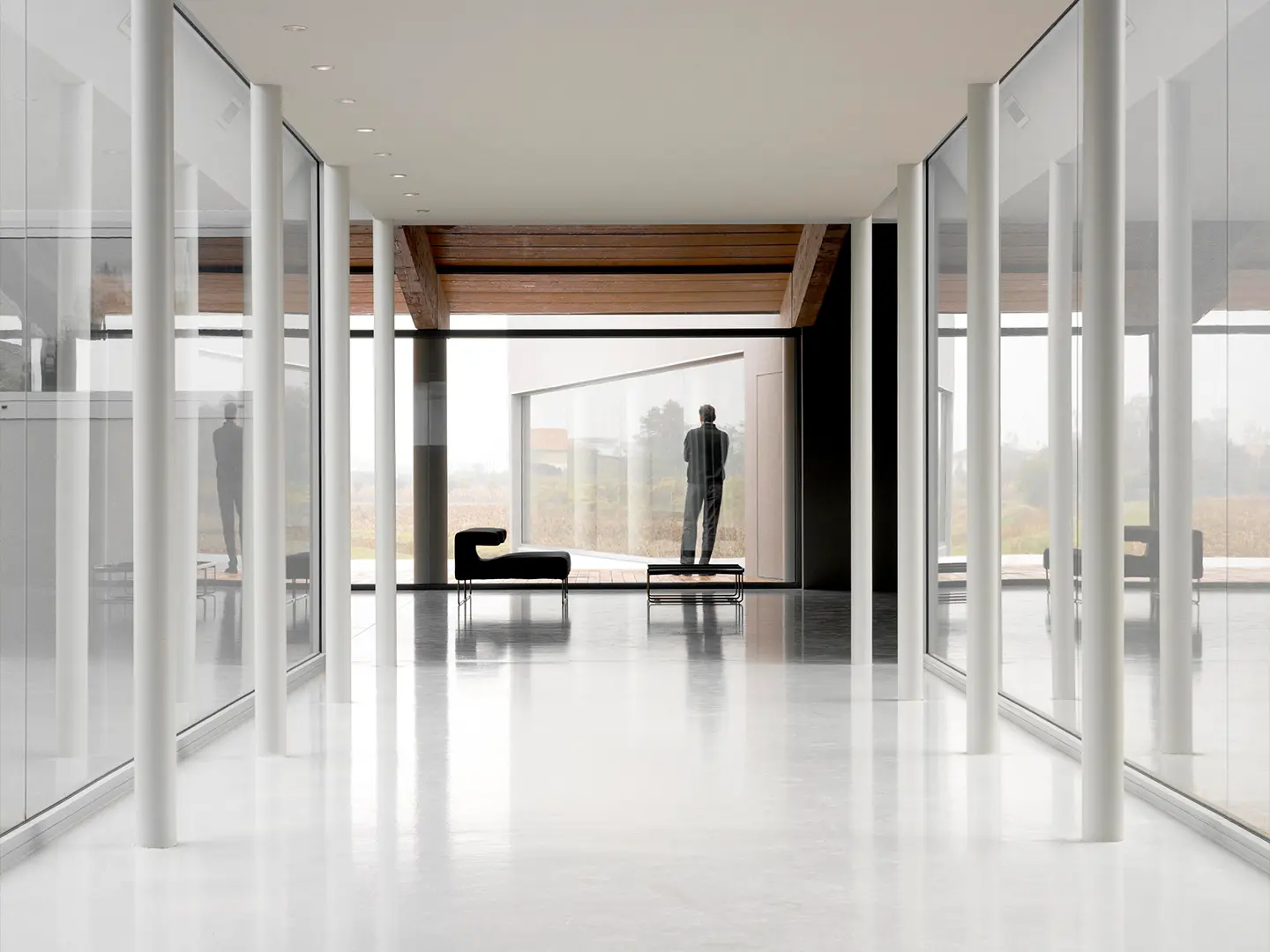
Photo courtesy Foscarini
For now, Foscarini is dedicated exclusively to decorative designer lighting, and I don’t think that’s going to change. But anyone working on a project wants to manage the whole lighting journey, from digital to technical, all the way through to decorative. The offering must be broadened to acknowledge the fact that the system spans multiple elements. We have points of contact with the bathroom sector, and we are the terminal point of an upstream system that is becoming increasingly refined and demanding, offering users flexible possibilities, among other things consumption management optimization, which is becoming an integral part of the world in which we are called upon to work. Design consultants must start with systems management and move through to the decorative.
Driven by major regulatory change, our industry is in the midst of a perfect storm. Lighting has been picked as a trailblazer, as one of the first industries to be required to take on energy savings. EU regulations have changed; everyone’s going be forced to revise everything they make. Assoluce exports 70% of its output: to keep this going, we must tackle the issue of costly certifications that are a brake on penetrating other markets
The future is LEDs, with which we are obliged to work in Europe alone. In the past they had their drawbacks, but today they have achieved a degree of stability and can be put to better, more expressive use.
There’s also the digital, a formidable opportunity to be in contact with everyone, at costs accessible even to small organizations. That’s something we need to take advantage of as well.

A Matter of Salone: the new Salone communication campaign
From a reflection on humans to matter as meaning: the new Salone communication campaign explores the physical and symbolic origins of design, a visual narration made up of different perspectives, united by a common idea of transformation and genesis


Salone 2025 Report: The Numbers of a Global Event
Data, analyses, and economic, urban, and cultural impacts. The second edition of Salone del Mobile’s “Milan Design (Eco) System” Annual Report takes stock of a unique event and consolidates the fair’s role as the driving force behind Milan as the international capital of design



 Stories
Stories
